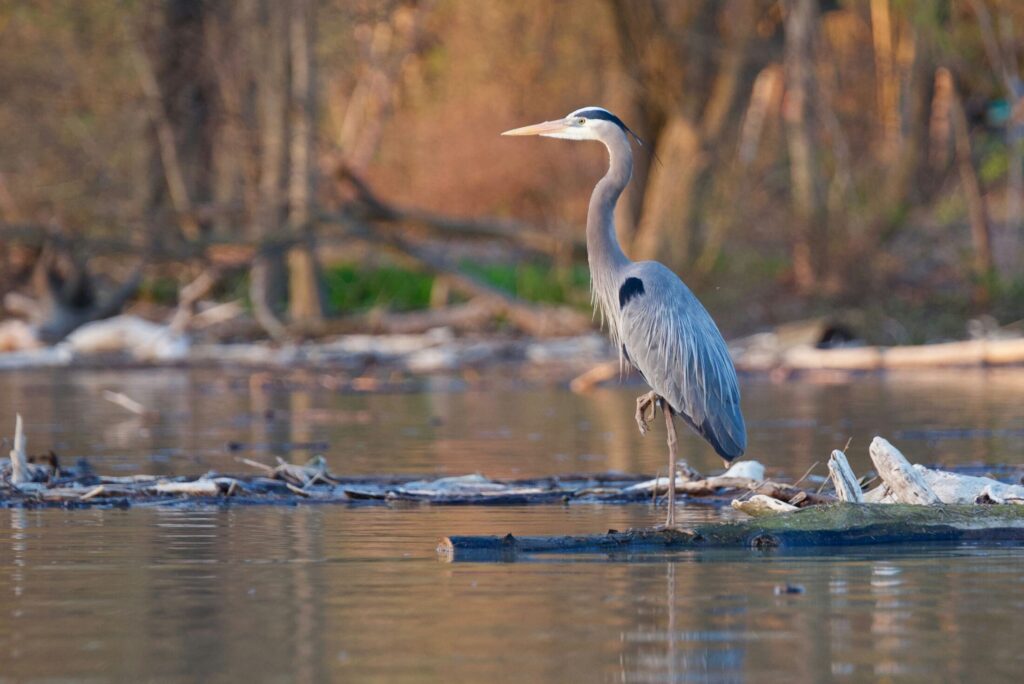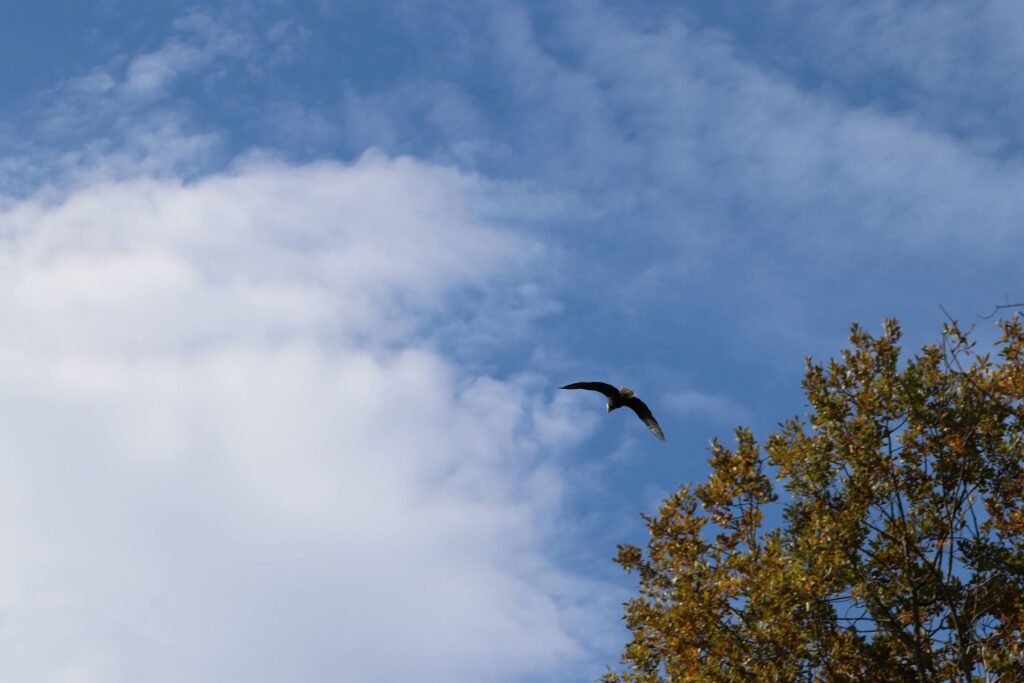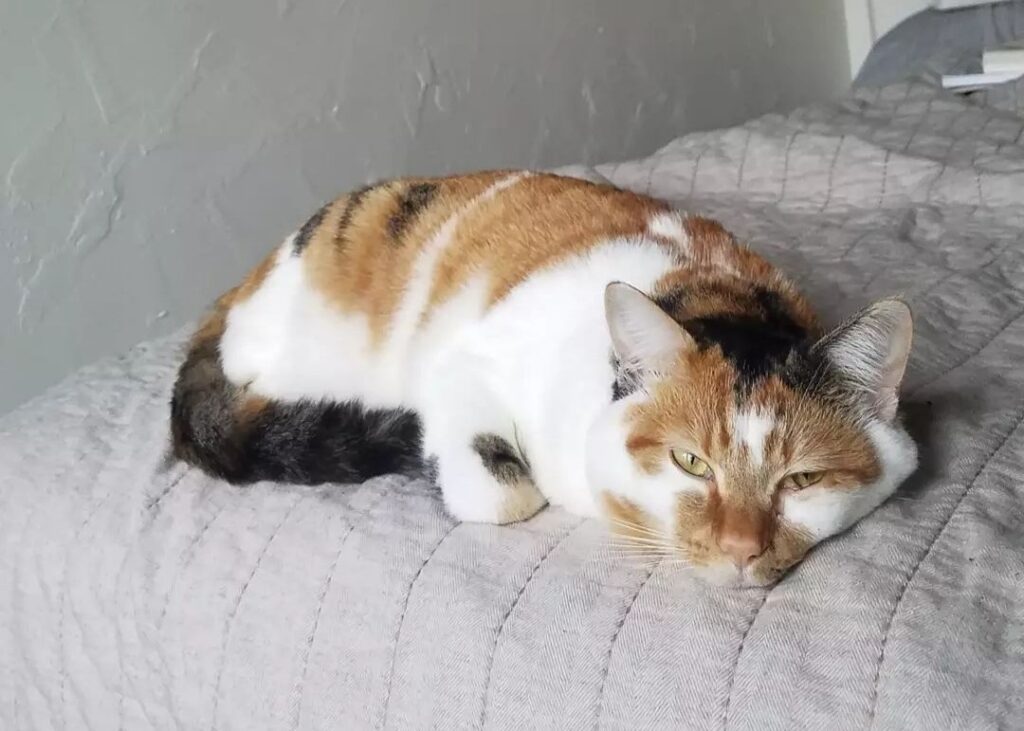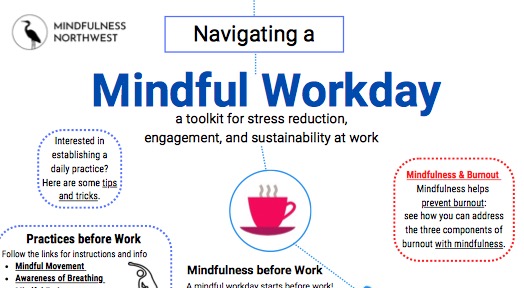
Photo by Tim Wilson
After several very serious discussions and a thorough multi-year review of the evidence, the Mindfulness Northwest team has reached a clear consensus – there is an above-average overlap between mindfulness practitioners and birders.
It makes sense! Mindfulness is a practice of intentional attention, of expanding our awareness beyond ourselves into the wide living world that we are intrinsic to but often so separated from. My interest in birds was born as my first mindfulness class encouraged me to tune in to my sensory world, savor beauty, notice the ebb and flow of life, and lean into my curiosity: “Huh, I wonder what that little brown one is called?” “What kind of bird makes that fantastic watery trilling noise?” “Oh, I’ve never seen a yellow one in that tree before…”
Years later and I’m at 116 species and counting, most of those in Washington: which is home to at least 500 species of bird. I’m sure a few of my co-workers have seen far more than that. Mindfulness practitioner or no, animals are one of humanity’s great delights. But could the delight grow when we go deeper?
As we watch the Great Blue Heron gracefully wade through the tidelands, we are indeed bringing mindfulness to nature’s beauty. But what happens when we open our awareness even further outwards, to remember that this specific Heron we’re watching is a conscious individual, a living being having a unique experience of being alive in each moment? When we remember that he is more than an image to be witnessed, but actually a real and incomprehensible “someone”?
In her wonderful book How To Do Nothing: Resisting the Attention Economy, Jenny Odell shares how practices of curiosity and attention can attenuate our tendency toward “instrumental understanding”. This means seeing other beings one-dimensionally; as just the sum of their parts, functions of how they serve us, as an “it”. The philosopher Martin Buber called this mode of being the “I-It” relationship, and Odell joins him in proclaiming the opposite “I-Thou” relationship as the ideal, as it is where “I meet you ‘thou’ in your fullness by giving you my total attention: because I neither project nor interpret you, the world contracts into a moment of magical exclusivity between you and me.” When we connect with other beings–be they herons, humans or hydrangeas – in a relational way, we are drawn out of ourselves, into a present and expansive mutuality.
The mindfulness teacher Tara Brach has a practice of hearing or seeing a bird or other small animal in her surroundings and saying to herself, “There’s someone there” or “A friend is here”. In experimenting with this, I’ve found a gentle but profound shift in my relationship with the world. Acknowledging and connecting with the unique beings around us, we find fewer passive things to be looked at, and more possible friends to care about!
Every moment of interaction we have is a portal to the present moment, occurring exclusively in the now. When we interact with another human, both entities swim in the invisible waters of social conditioning, history, agendas, judgements. Simmering below the level of conscious awareness, this mental soup of the social animal tends to unground us (especially when the other human is related to you, pays you, or just cut you off on the I-5 onramp). Embodied presence in real-time human relationships is possible, but often challenging.
When the other is not a human, there’s less baggage. Without shared language, communication in the connection is embodied and intuitive, naturally grounding us in our bodies. An animal isn’t pretending to be anyone other than themselves, so we shift towards authenticity. Our wildness is unlocked by being with theirs. You’ve probably looked into the eyes of a dog or cat before and felt the soul looking back at you. Naturally we connect most easily with our dear domesticated cohabitants, but all animals draw us into their worlds with a magnetic quality of pure present-vitality. Every interaction with another being is a doorway to presence, but animal connections can be especially thrilling, brilliant, grounding, and loving ones.
In any connection, we have the possibility of opening our awareness, becoming more receptive, more outward facing, and moving towards being in the other’s world. There are beautiful mindfulness practices that can support building these powerful capacities in our human relationships (some include Social Meditation, Relational Mindfulness, Authentic Relating, and Circling), but the rawness and simplicity of animal relationships makes them a unique arena for this kind of practice.
Like connecting with humans, it’s easy to go through the motions when connecting with an animal, but the next time you see one, perhaps you say or feel into the idea that “someone’s there”, or even give that crow a friendly verbal hello. Can you bring in a beginner’s mind the next time you interact with your pet? Why not be captivated by every cat you see, delighted by every dog? Stop and stare at birds and cows and bugs and fish, and wonder what it’s like to be them. Practice staying grounded in your body, while being deeply curious about the presence in theirs. Get sucked into the world of wild beings, and see what you notice.
While a follow-up survey of the MNW staff may be needed, I’m sure I’m not the only one who has learned as much about themselves from the act of watching birds as I’ve learned about our feathered friends. When we expand our awareness into the field of the four-leggeds and the two-leggeds (and leafy beings, fungal beings, etc.) as something we are not just witnessing but are a part of, we grow our connection to our essence. Coming to know our non-human brethren, we naturally want to care for them better, feeling more and more the vital truth of our interdependence.
Orienting towards authentic interrelation with all beings, may we all find ourselves exactly where we’ve always been – here, now, with each other, a small dear part of the unfathomably grand whole.



